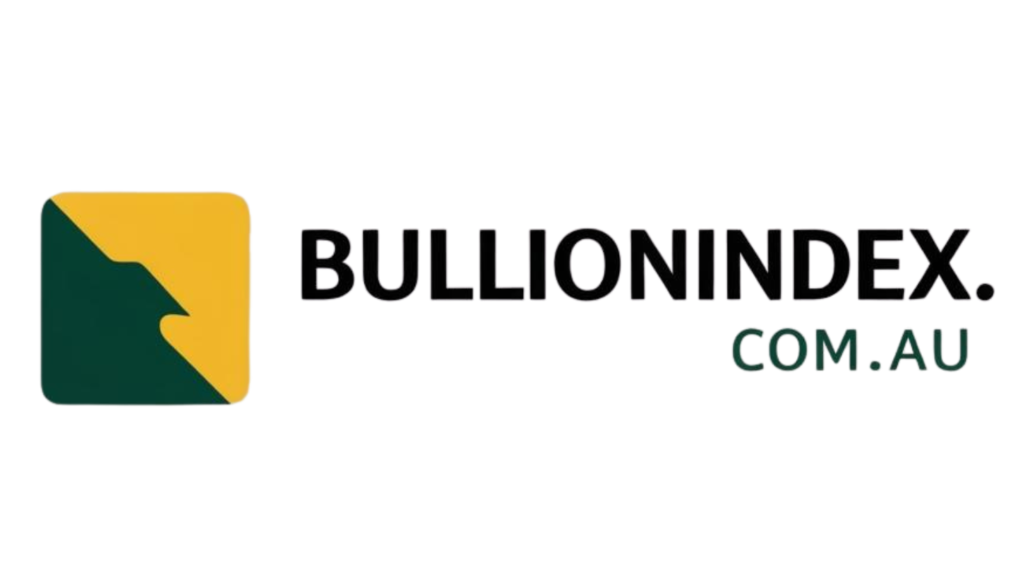On October 6, 2025, at 8:45 a.m. Eastern Time, the price of silver stood at $48.22 per ounce, marking a modest increase from the previous day and a notable gain over the past year. The uptick in silver prices has garnered attention from investors and analysts alike as the precious metal continues to hold its ground in the market.
Silver, often viewed as a safe haven asset, has a long history of being a reliable store of value, particularly during times of economic uncertainty or inflation. While it may not deliver the same returns as traditional stocks over the long term, silver’s stability and intrinsic value make it an attractive option for diversifying investment portfolios.
Unlike gold, which is primarily seen as a store of value, silver has a dual role as an industrial metal, finding applications in various sectors such as electronics and healthcare. This dual demand dynamic can lead to greater price volatility for silver compared to gold, as its value is directly influenced by industrial trends and market demands.
Understanding key terms like “spot silver” and “price spread” is crucial for investors looking to navigate the silver market effectively. The spot price represents the current market rate for buying or selling silver, while the price spread reflects the difference between the buying and selling prices, indicating the level of demand and market activity.
Investing in silver can take different forms, from purchasing physical silver in the form of bullion or coins to investing in silver ETFs or mining stocks. Each option offers unique advantages and considerations, allowing investors to tailor their silver investments based on their risk tolerance and investment objectives.
As silver prices continue to climb in 2025, outperforming other precious metals like gold, investors are contemplating the opportune moment to enter the market. Factors such as inflation concerns and increasing industrial demand for silver are driving interest in the metal, prompting investors to assess its potential for further growth.
While silver remains a popular choice for investors seeking to hedge against economic uncertainties, it is essential to diversify one’s portfolio prudently. Experts recommend allocating a portion of one’s investments to silver, typically between 10% and 15%, to balance risk and potential returns effectively.
Moreover, silver’s eligibility for inclusion in retirement accounts, such as IRAs, provides investors with additional avenues to capitalize on the metal’s growth potential. By adhering to purity standards and storage requirements, individuals can leverage silver investments within tax-advantaged accounts to enhance their long-term financial strategies.
Looking ahead, as silver prices reflect a confluence of supply constraints and growing demand from various sectors, investors are advised to stay informed and proactive in their investment decisions. Whether opting for physical silver holdings or exploring silver-related financial instruments, the metal’s enduring appeal as a tangible asset underscores its enduring relevance in diverse investment portfolios.
📰 Related Articles
- Silver Prices Surge in 2025, Attracting Investors for Diversification
- Silver Prices Surge 25% in 2025, Attracting Investor Interest
- Gold and Silver Prices Surge Amid Global Turmoil, Investors Turn to Safe Havens
- Gold Prices Surge: Investors Eye Potential $4,000 Ounce
- UK Investors Explore Lucrative Australian Stock Opportunities in 2025






